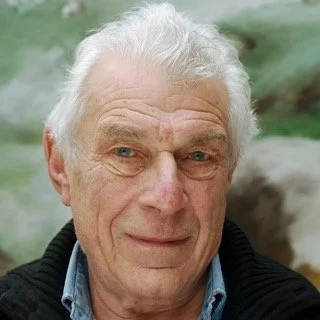Ways Of Seeing, Chapter 8
By Olivia Feather-Moore
“Images are richer than literature” (Berger, 10), echoes Henrik Johan’s saying that “A picture is worth a thousand words.” Our image-based culture's profound impact is undeniable, as "how we see things are affected by our knowledge and beliefs". We are always "looking at the relationship between things and ourselves" (Berger, 8). Since capitalism is so firmly entrenched in the images that accompany us on a day-to-day basis, it is incredibly difficult, if not impossible, to register their total psychological effect. It is also merely impossible to separate capital from images, and images from capital. Through oil paintings, adverts, cinema, to social media, what it means to be human has been materialised, as you become your possessions. The clothes you buy will make you more popular amongst your peers and thus, happier. The makeup you wear will make you prettier and therefore more loveable. The car you drive will make you more desirable and therefore more confident in yourself. The false acquittance of human experiences with sellable products has led to the emptiness of the individual, constantly seeking the next best thing, in the hope it will satisfy the promise of the last. This article will relate how in the age of social media, it is no longer businesses, producers, and creators who solely through images sell us an alternative, better life, but ourselves.
Berger's 'Ways of Seeing' delves into the parallels between oil painting and Western advertising, demonstrating how art legitimizes hierarchies. Oil painting, steeped in tradition, informs notions of genius, hierarchy, and power, serving the interests of the ruling class (Berger, 84-86). It commodifies appearance, symbolizing desirability (Berger, 87, 90). These paintings, especially of the wealthy, create a sense of unattainability (Berger, 97) and reinforce gendered hierarchies, portraying women as inferior (Berger, 46). This tradition still influences modern advertising (Berger, 84). Publicity, as Berger explains, inundates our cities with images, focusing on the future and transformation (Berger, 129-130). It leverages envy, making the buyer imagine themselves as an enviable object (Berger, 132-134). However, it leads to a constant state of deprivation as objects can't fulfill us. Publicity's language echoes oil painting but flips the message: "you are not what you don't have" (Berger, 139). The fundamental difference lies in who the spectator is - the owner in oil painting, but the outsider in publicity (Berger, 141).
Over time, publicity has intensified, merging with social media, which combines the attributes of oil painting and publicity. Social media lets us craft our image selectively, based on material possessions, assessing our quality of life by what we own. It has become a permanent record of our present, much like oil paintings (Berger, 139). Yet, we are conditioned to live in advertising mode, constantly desiring more.
Social media has transformed us into both creators and consumers of enviable images, perpetuating a cycle of envy. We sell our lives as objects of envy, while we, in turn, envy others. But the reality is that we can't attain the idealized lives we present to others.
In sum, social media platforms have become the aristocrats’ oil painting, and publicity’s billboard for constructing and curating our own identities. The phenomenon of social media has meant we have now become both the creators and consumers of our own enviable images, perpetuating a cycle of dissatisfaction. Today, Berger's insights are increasingly relevant and make sense of the constructed relationship between images and human experience in a visual culture dictated by capitalism.
Notes:
Berger, John. (1972) 2008. Ways of Seeing. London: Penguin Books: pp. 7-154

